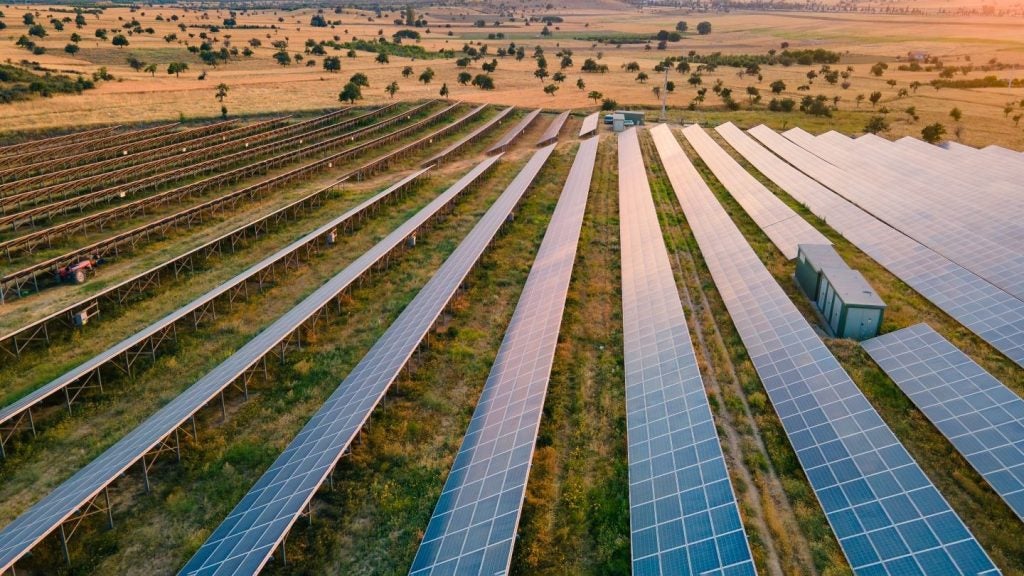
There are few who doubt the potential of marine energy as a source of electricity generation: both the movement of waves and the shifting of tides can generate huge amounts of seemingly boundless renewable energy. But over the years neither has taken off as one might have expected.
“Back in the 1990s people thought it wouldn’t take long until the industry became commercially viable,” says Dr Tom Denniss, inventor and CEO of Wave Swell Energy. “Then there was a big push in the early part of the 2000s and there was a lot of hope. But it hasn’t really materialised.”
Lacking technical convergence
A big part of the problem, says Denniss, is lack of technological convergence. Wave energy devices for example come in all shapes and sizes from Pelamis’ famous four cylinder ‘wave snakes’ to the bobbing buoys that have been tried in various locations.
“Compared to wind energy, where there was a fairly quick convergence to three-bladed horizontal axis turbines, there hasn’t been much merging with wave energy,” says Denniss. “There was such a diversity of options to begin with. Individuals were just left to explore their own personal preferences.”
According to Denniss, one of the main mistakes made during this period was designing devices that have moving parts in the water. “This proved to be the fatal flaw in almost every instance,” he says.
As well as posing a danger to marine life, having mechanical equipment under water in hard-to-reach places makes operation and maintenance (O&M) extremely challenging. According to a recent European Union report, the annual O&M costs of ocean energy devices can be as high as 5.8% of capital expenditure, compared to 3.7% for offshore wind.
How well do you really know your competitors?
Access the most comprehensive Company Profiles on the market, powered by GlobalData. Save hours of research. Gain competitive edge.

Thank you!
Your download email will arrive shortly
Not ready to buy yet? Download a free sample
We are confident about the unique quality of our Company Profiles. However, we want you to make the most beneficial decision for your business, so we offer a free sample that you can download by submitting the below form
By GlobalDataUnderstanding the ocean
To rectify this, Denniss, a Doctor of Mathematics and Oceanography, says the marine energy industry must look away from the mechanics of devices and towards the ocean itself. “We had a lot of mechanical engineers that came in with all these ideas and fancy bits of moving gadgetry and so on, and they haven’t really understood the ocean,” he says. “You have got to understand this side of things first and then make the machinery very simple.”
To make sure maintenance is only needed in easy-to-access parts of a device, Wave Swell Energy has designed an oscillating water column that works, says Dennis, like an artificial blowhole.
“It’s a bit like a blowhole on a whale,” he explains. “Imagine a big hollow concrete box. It’s sitting in the water with half of it below the water line and half of it above. The bit below the water line is full of water and the bit above is a big cavern full of air. Then there is an opening above where the turbines are situated.”
The device is also uni-directional which Dennis says adds ‘simplicity’ to the overall design – another benefit when it comes to maintenance.
“Traditionally as waves pass by a device, water flows into the chamber underneath the surface,” Dennis explains. “It then rises inside the chamber, compressing the air and driving it past a turbine. As the wave recedes, the water level inside then falls creating a partial vacuum inside the chamber and drawing the air through from the other direction. This means the air is going past the turbine in two directions which creates the need for a complicated turbine.
“Our device is different. As the water level rises, there are some very simple hinged valves. Because the pressure is slightly greater than the atmosphere, those valves then open and let the compressed air in which vents it to the atmosphere. Then as the wave recedes the valves close and the water level falls, drawing a very strong air flow past the turbine. Now the turbine is only working in one direction and can be much more efficient.”
Reducing cost
Denniss is optimistic the device will help reduce cost, which remains a major issue for the industry. A recent report by the Energy Technologies Institute found that wave power devices being tested in Cornwall and at Orkney were ten times more expensive than other sources of low-carbon power.
“When you have moving parts in the water you have to make them incredibly strong to survive these extreme cases and it ends up blowing the economics out of the water,” Denniss says. “Hopefully now we are point where we realise that removing moving parts from the water will help your costs go down dramatically.”
Denniss also hopes the project will help demonstrate that wave energy can be cheaper than conventional fossil fuels. “Certainly here in Australia, the new coal-fired power has been estimated at between 11 and 15 cents/kWh and that is only going to go up over time,” he says. “We are in the process of showing, through a project on King Island which is in-between mainland Australia and Tasmania that the technology can produce power at around ten or less cents/kWh.
“I think having a wave energy technology that is cheaper than coal will be a launch pad for this technology if not the industry as a whole. Once we have passed that milestone the whole landscape changes.”
While the cost of wave and tidal is yet to match other renewable sources, Denniss is again confident this will happen soon. “Wind turbines and solar cells were the same a few decades ago,” he says. “Now they are all commercial. With our technology if you compare where it was a couple of years ago to where it is now you will see how rapidly things can come down. By Implementing just three new innovations we have more than halved the production cost in slightly less than one year.”






